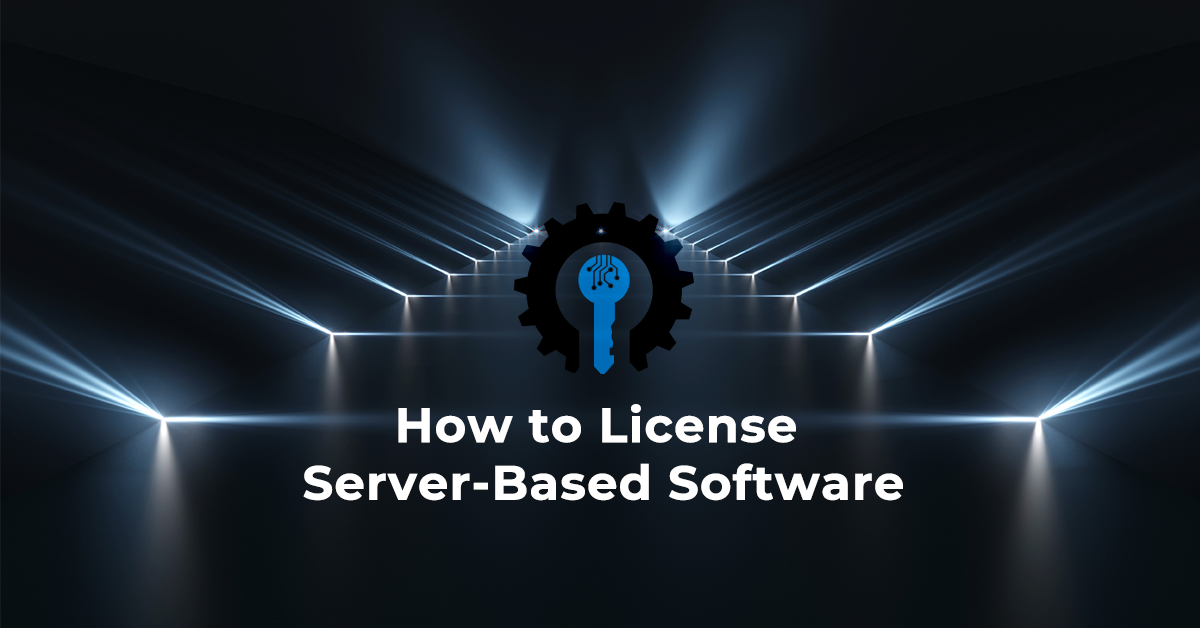Reprise Software Blog – Your Hub for Licensing Solutions Insights
Stay informed about our products including Reprise License Manager (RLM), RLM Cloud, and Activation Pro.
Learn from our customer success stories, understand the intricacies of different licensing models, and keep up with our ongoing service upgrades.
May 14, 2024

May 14, 2024
The latest major release of RLM is finally here! Version 16.0 brings an all new web interface with many enhancements over the previous interface, and fixes multiple vulnerabilities related to the web interface. New Features Include: All-new Redesigned UI/UX Most server functions now available directly from home page. New Login
May 14, 2024

May 14, 2024
As a software publisher, managing your product licenses is crucial to ensuring revenue and protecting your intellectual property. Commercial license managers, such as Reprise License Manager (RLM), provide you with the tools to control the use of your software licenses through various license types. From node-locked and floating licenses
May 14, 2024

May 14, 2024
Once again, Reprise License Manager (RLM) has been awarded the SourceForge Spring 2024 Leader Award, highlighting its excellence in software license management. This recognition from one of the world’s premier software review platforms underscores RLM’s commitment to delivering top-tier licensing solutions. SourceForge awards this honor based on user reviews
February 16, 2024

February 16, 2024
As part of Reprise Software’s ongoing commitment to providing top-tier service and experiences, we are excited to announce a significant upgrade to our hosting infrastructure. In our constant quest for improvement, we have decided to migrate our hosted services to Amazon Web Services (AWS), a global leader in cloud-based solutions.
May 14, 2024

May 14, 2024
The latest major release of RLM is finally here! Version 16.0 brings an all new web interface with many enhancements over the previous interface, and fixes multiple vulnerabilities related to the web interface. New Features Include: All-new Redesigned UI/UX Most server functions now available directly from home page. New Login
December 27, 2019

December 27, 2019
On rare occasions, an activation request will get a read timeout status return (-105). There are several causes to the RLM_EH_NET_RERR (-105) error. If you can activate from some systems, then the first cause (server down) is unlikely. More likely is that there is either a proxy/firewall/anti-virus package
December 27, 2019

December 27, 2019
Environment variables are flags that you set outside an application that the application reacts to. Applications and libraries like RLM read environment variables that they define. Some RLM environment variables are RLM_ACT_TIMEOUT (adjusts the timeout to the activation server to the value supplied), RLM_QUEUE (enables queueing for a license), and
October 9, 2019

October 9, 2019

Software License Manager
As a Software publisher, you integrate RLM into your product, and RLM keeps track at runtime of who is using the licenses of your software.
RLM can do this entirely within the client library (linked into your application), or, more commonly, your application makes a request of the RLM Lincese Server to check out a license.
The lincese server runs either on your customers network, or in the cloud if you are using our RLMCloud™ service.

Activation Pro is
used once when your customer purchases your software in order to retrieve the license which is specific to that customer.
Software Activation’s purpose in life is to get the licenses for your product to your customers with a minimum of fuss.
Activation Pro also has a server component wich we call the activation server.
Your application contacts the activation server and supplies a short text activation key, and in exchange, the activation server returns the license which enables your product.
Generally, this is done once, right after your customer purchases your software, not every time your software is invoked.